
Little Pied Shag
Microcarbo melanoleucos
Also known as: Little Shag, Kawauaka


Microcarbo melanoleucos
Also known as: Little Shag, Kawauaka

The little shag, or kawaupaka in Māori, is a charming native water bird found throughout New Zealand. About the size of a small duck, this versatile diver brings life to our coastal areas, lakes, and rivers. Its varied plumage makes it an intriguing subject for birdwatchers, offering a delightful challenge in identification.
1. Short, stubby yellow bill, distinctive across all color variations
2. Three plumage types: white-throated, pied, or 'smudgy' mix of black and white
3. Graceful diving behavior, often seen alone rather than in large groups
Little shags are solitary foragers, making repeated shallow dives for fish and crustaceans. They breed in colonies from July to April, with peak activity in October-December. Males perform elaborate bowing displays to attract mates. While adaptable, they face threats from habitat degradation and accidental capture in fishing nets. Their varied plumage presents an ongoing puzzle for scientists studying their genetics and evolution.
Look for little shags around any body of water in New Zealand, from coastal areas to inland lakes, rivers, and even small ponds. They're active throughout the day but are especially visible during early morning and late afternoon when feeding. Watch for them diving from the water's surface or perched on rocks, branches, or man-made structures near water. Tip: Scan the shoreline for their distinctive silhouette – a small, compact body with a long tail often held slightly upward.
Known as kawaupaka in te reo Māori, the little shag has been part of New Zealand's ecosystem for centuries. It features in Māori folklore and was sometimes used for food. Today, its widespread presence across diverse water habitats makes it an important indicator of ecosystem health, connecting New Zealanders to their waterways and reminding us of the rich biodiversity in our backyards.
56 cm
640 g
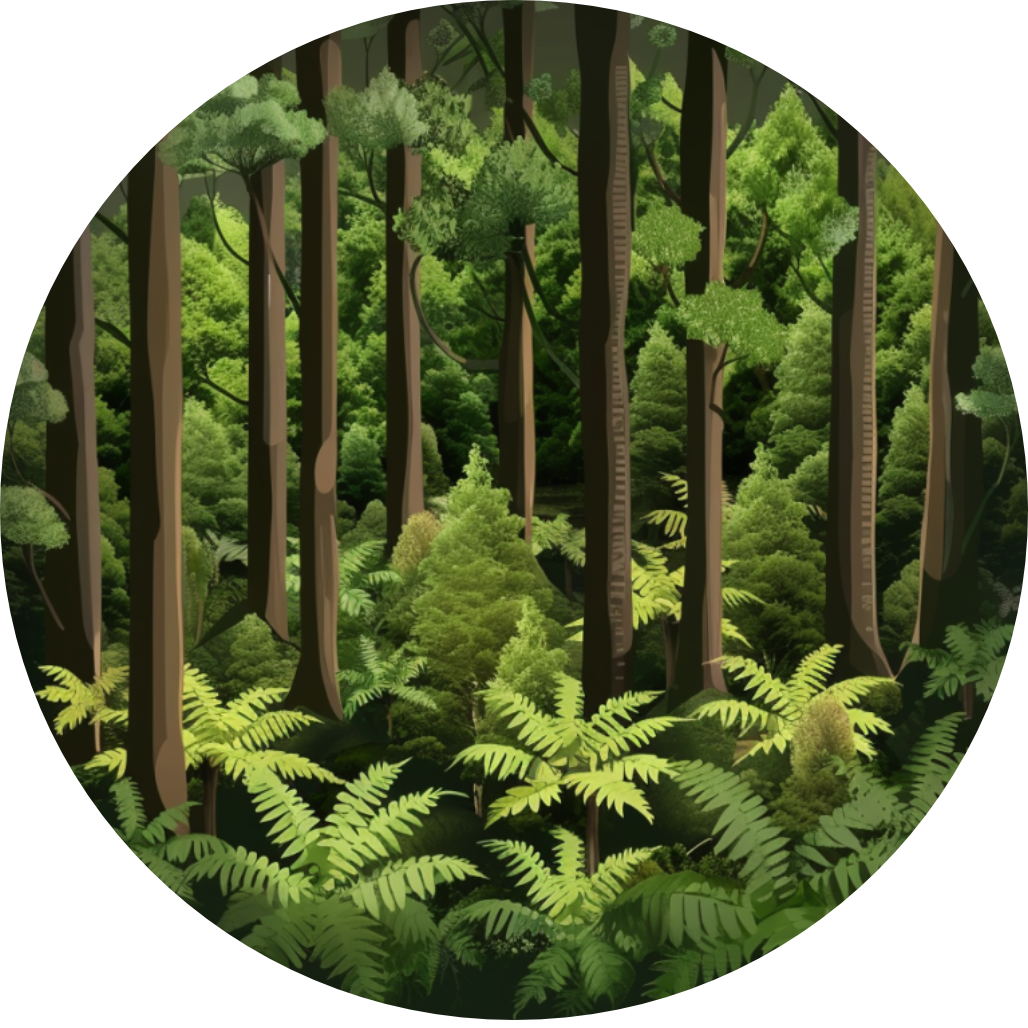
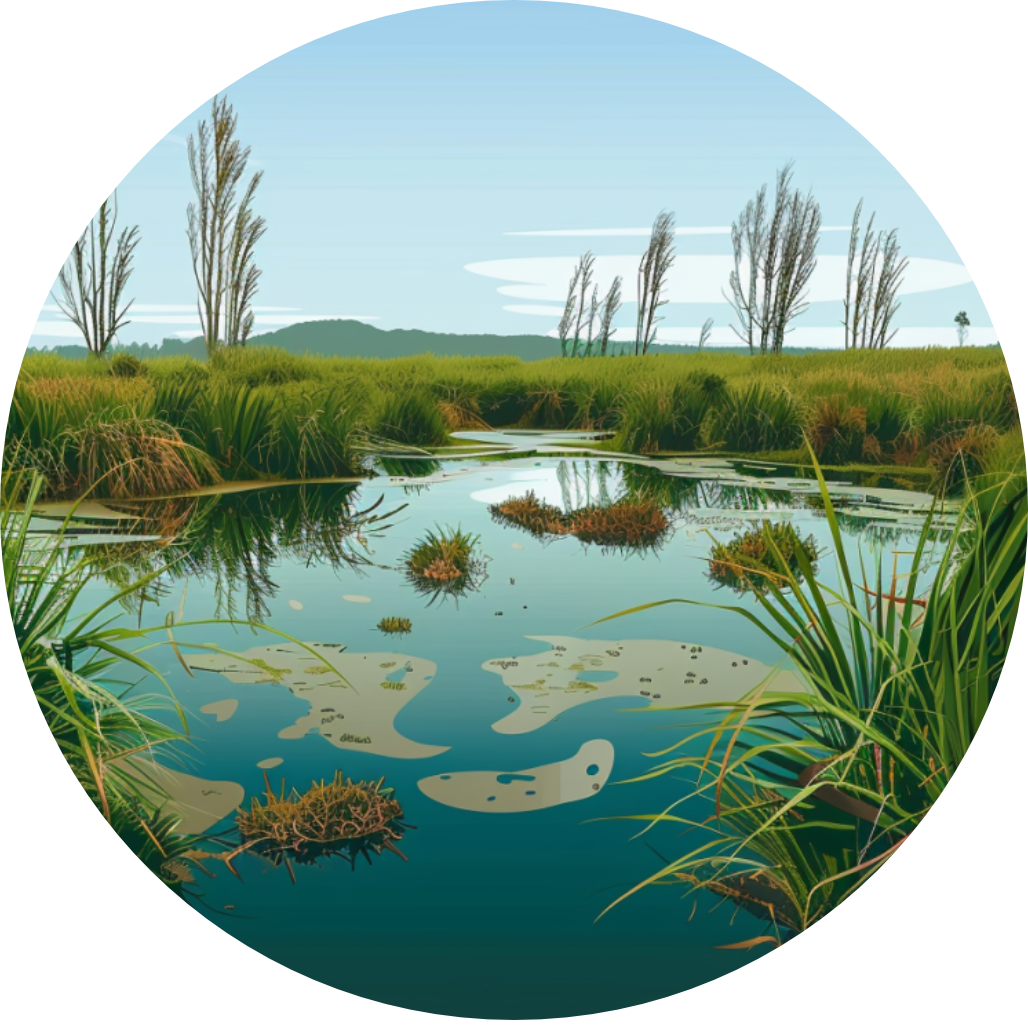
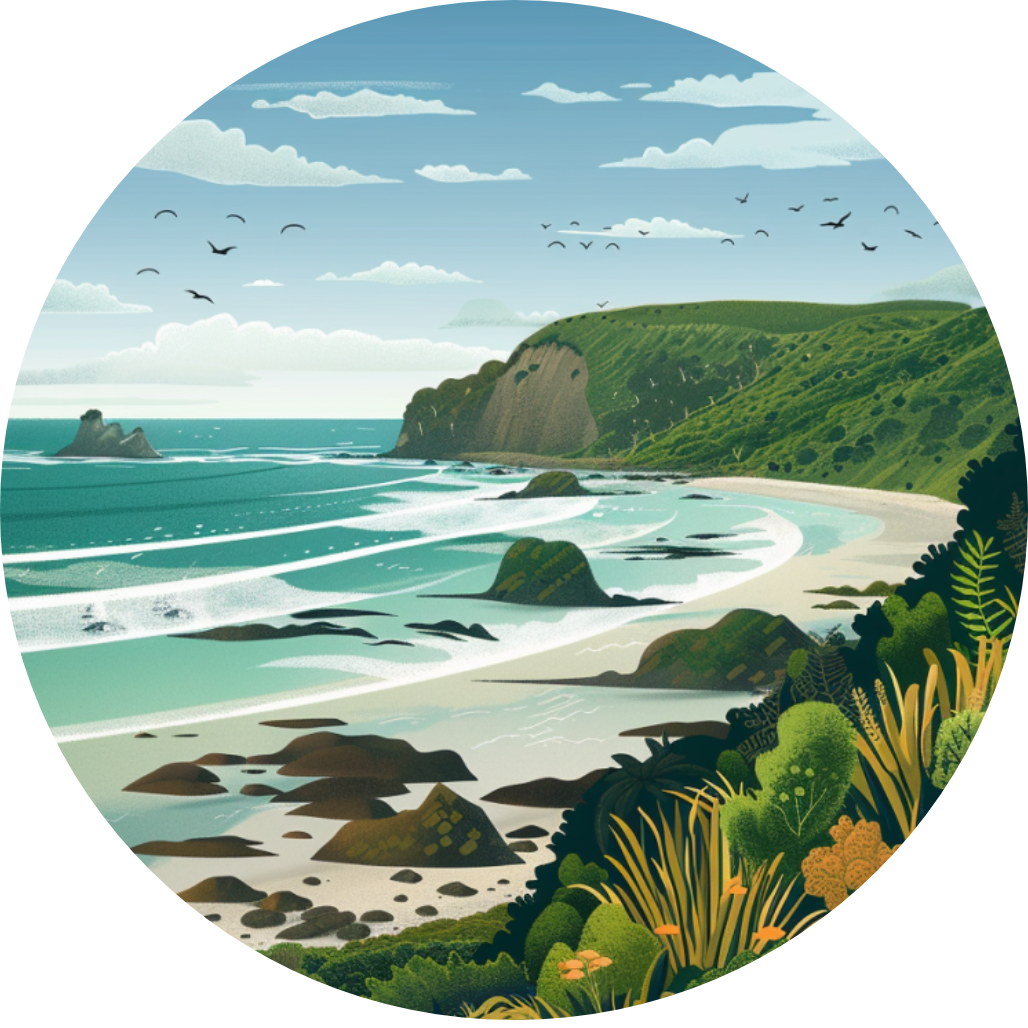
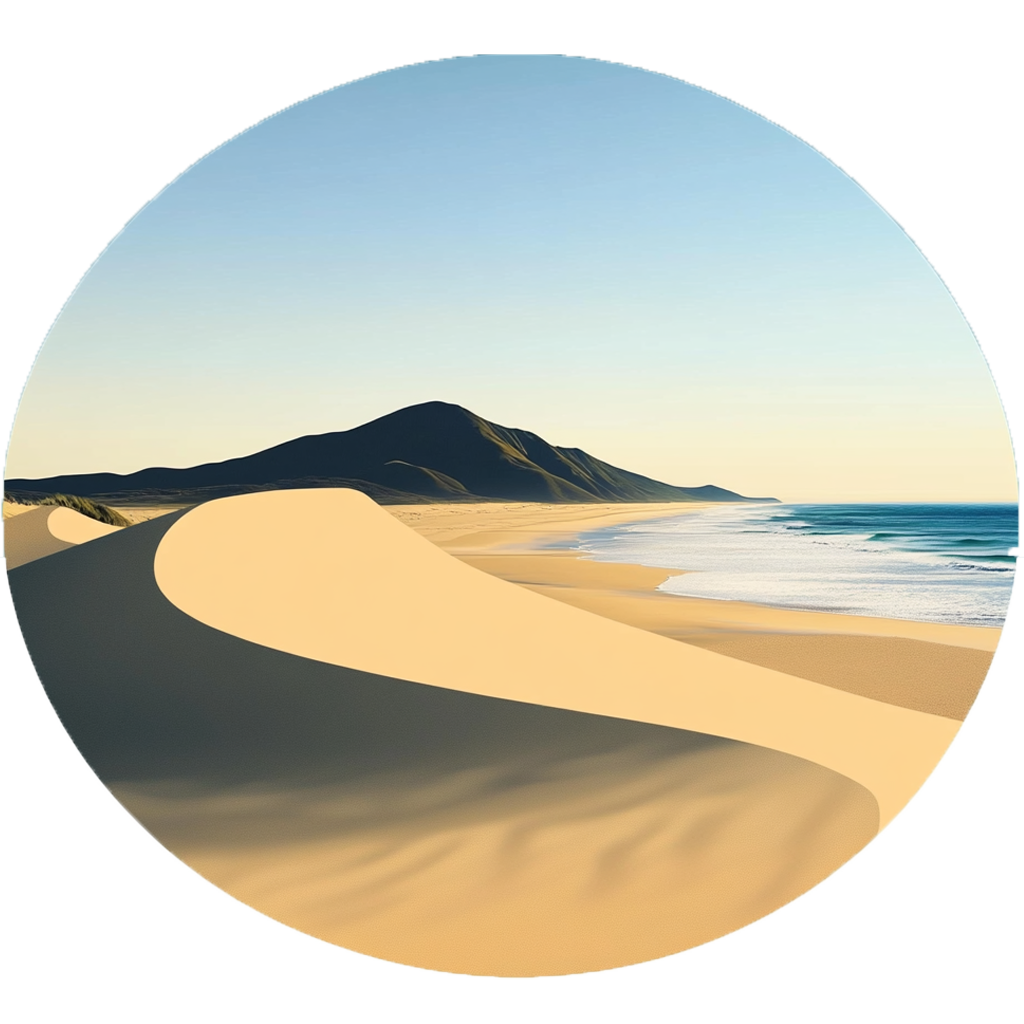
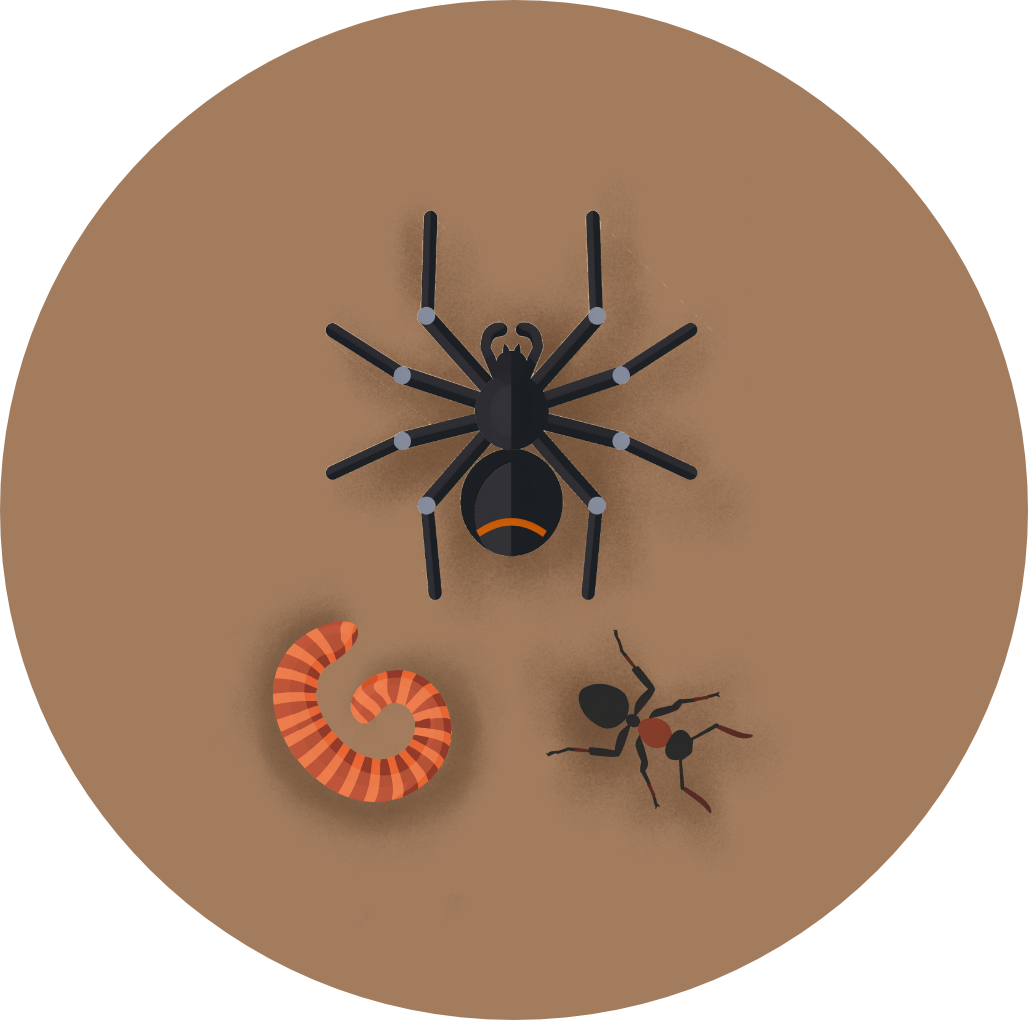

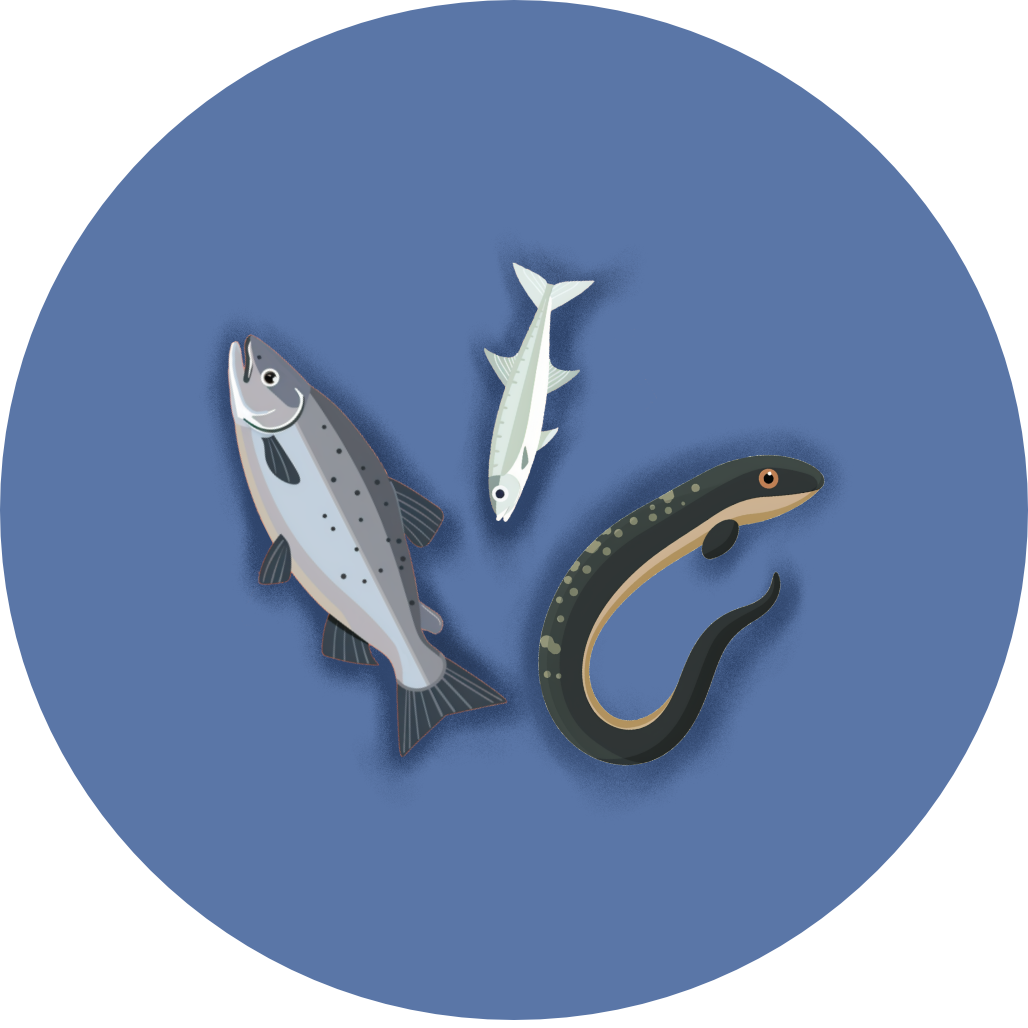
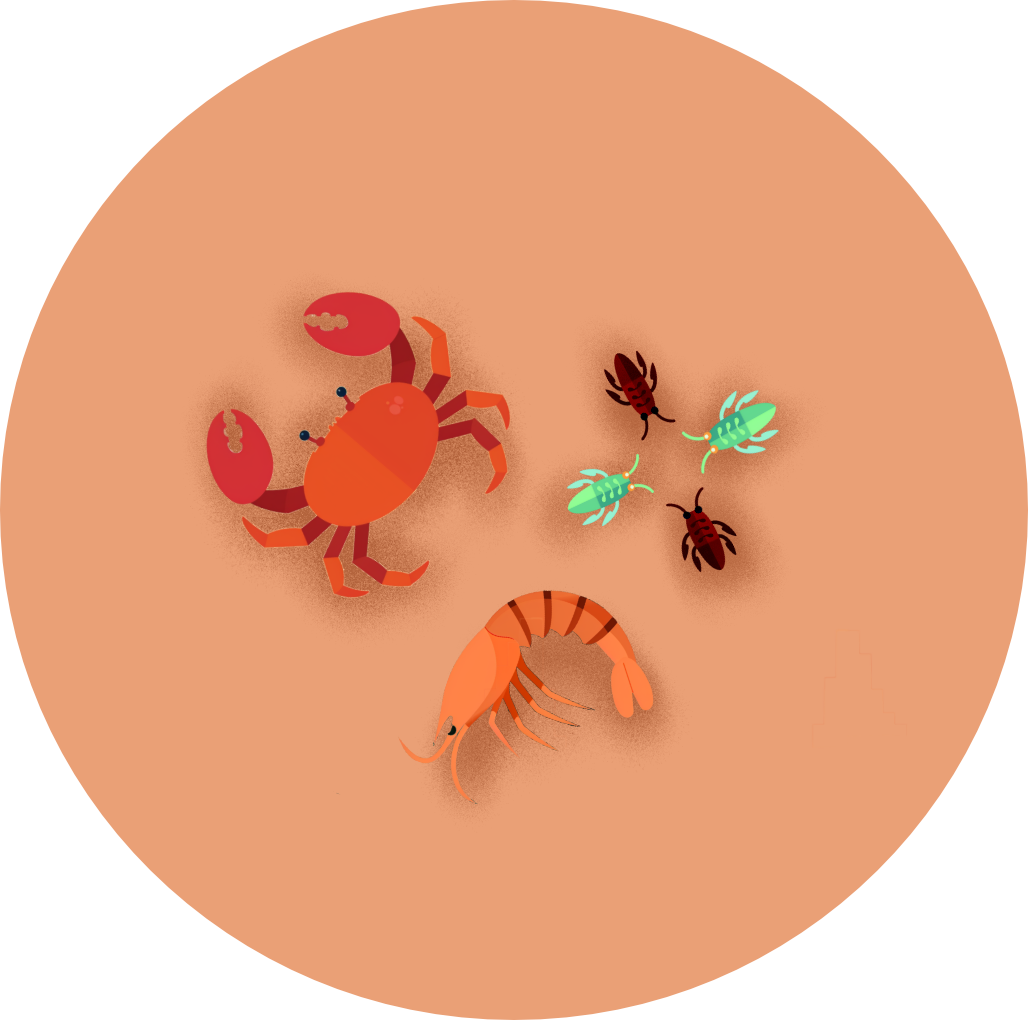
Coming Soon!
Top birding locations will be available in a future update.